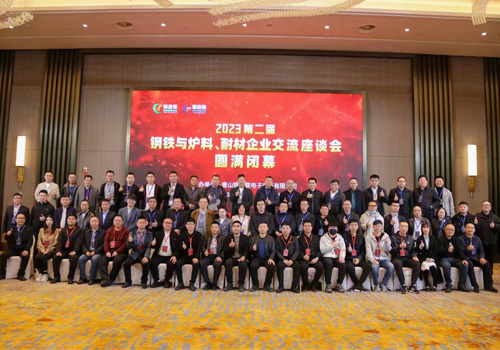Nov . 06, 2024 17:43 Back to list
Modern Techniques in Hot Metal Production for Advanced Metallurgy Plants
Innovations and Challenges in Hot Metal Metallurgy Factories
Hot metal metallurgy refers to the processes involved in the production and treatment of molten metal, primarily in the iron and steel industries. This field plays a crucial role in the global manufacturing landscape because it directly impacts the quality and efficiency of metal production. In this article, we explore the innovations, processes, and challenges that hot metal metallurgy factories face today.
Overview of Hot Metal Metallurgy
At the heart of hot metal metallurgy is the blast furnace, where iron ore is converted into molten iron through a process that also includes coke and limestone. This molten iron, often referred to as hot metal, serves as the raw material for steel production. Once the hot metal is produced, it can be refined and transformed into various steel grades through secondary metallurgical processes.
Key Processes in Hot Metal Production
1. Iron Making The journey begins with the reduction of iron ore in a blast furnace. The high temperatures (approximately 1,600 °C) facilitate the chemical reaction in which carbon from coke reduces iron oxides in the ore, yielding molten iron and carbon monoxide.
2. Tapping After the ironmaking process, the molten iron is tapped from the furnace. This step requires precision to minimize losses and ensure the quality of the hot metal is maintained.
3. De-sulfurization and De-oxidation The hot metal often contains impurities, including sulfur and excess oxygen. De-sulfurization processes involve adding agents that bond with sulfur and remove it from the molten iron, while de-oxidation techniques ensure the iron's purity, critical for producing high-quality steel.
4. Alloying and Casting Once the hot metal is purified, it can be alloyed with various elements, such as manganese, nickel, or chromium, depending on the desired properties. The molten mixture is then cast into various forms using continuous casting processes or molds.
Innovations and Technology
The hot metal metallurgy industry has seen significant advancements in technologies that enhance production efficiency and reduce environmental impact. Some noteworthy innovations include
- Automation and Control Systems Modern factories deploy sophisticated control systems that automate temperature regulation and chemical composition analysis. This ensures consistent product quality and reduces human error.
hot metal metallurgy factory

- Energy Recovery Solutions Many plants now implement energy recovery technologies that capture and reuse heat generated during the metallurgical processes
. This not only lowers energy consumption but also minimizes greenhouse gas emissions.- Alternative Reductants Researchers are exploring alternative reductants, such as hydrogen, to replace traditional coke. Utilizing hydrogen can significantly reduce carbon emissions during the ironmaking process and contribute to greener production methods.
- Data Analytics and AI The integration of data analytics and artificial intelligence in production processes enables manufacturers to predict equipment failures, optimize maintenance schedules, and improve decision-making on production flows.
Challenges in Hot Metal Metallurgy
Despite these advancements, hot metal metallurgy factories face numerous challenges
1. Environmental Regulations Stricter environmental regulations compel factories to adopt cleaner technologies and reduce emissions. Compliance can necessitate substantial investments in new equipment and systems.
2. Raw Material Prices Fluctuating prices of raw materials, such as iron ore and coke, impact overall production costs. Factories need to develop strategies for cost management while ensuring the availability of high-quality materials.
3. Workforce Shortages The metallurgy industry often faces skilled labor shortages. As technology evolves, there is a pressing need for workers trained in advanced digital tools and systems.
4. Supply Chain Disruptions The global supply chain landscape has become increasingly unpredictable, especially in the aftermath of the COVID-19 pandemic. Factories must adapt to potential disruptions in raw material supply and distribution channels.
Conclusion
Hot metal metallurgy factories are at a crossroads where innovation meets challenge. With advancements in technology and a growing commitment to sustainability, the industry must navigate complex landscape shifts while maintaining production efficiency and product quality. As the demand for high-quality steel continues to rise, the ability of these factories to adapt and innovate will be critical to their success and the future of the metallurgy sector overall.
-
Fe-C Composite Pellets for BOF: Enhance Steelmaking Efficiency
NewsAug.07,2025
-
Eco-Friendly Granule Covering Agent | Dust & Caking Control
NewsAug.06,2025
-
Fe-C Composite Pellets for BOF: High-Efficiency & Cost-Saving
NewsAug.05,2025
-
Premium Tundish Covering Agents Exporters | High Purity
NewsAug.04,2025
-
Fe-C Composite Pellets for BOF | Efficient & Economical
NewsAug.03,2025
-
Top Tundish Covering Agent Exporters | Premium Quality Solutions
NewsAug.02,2025
